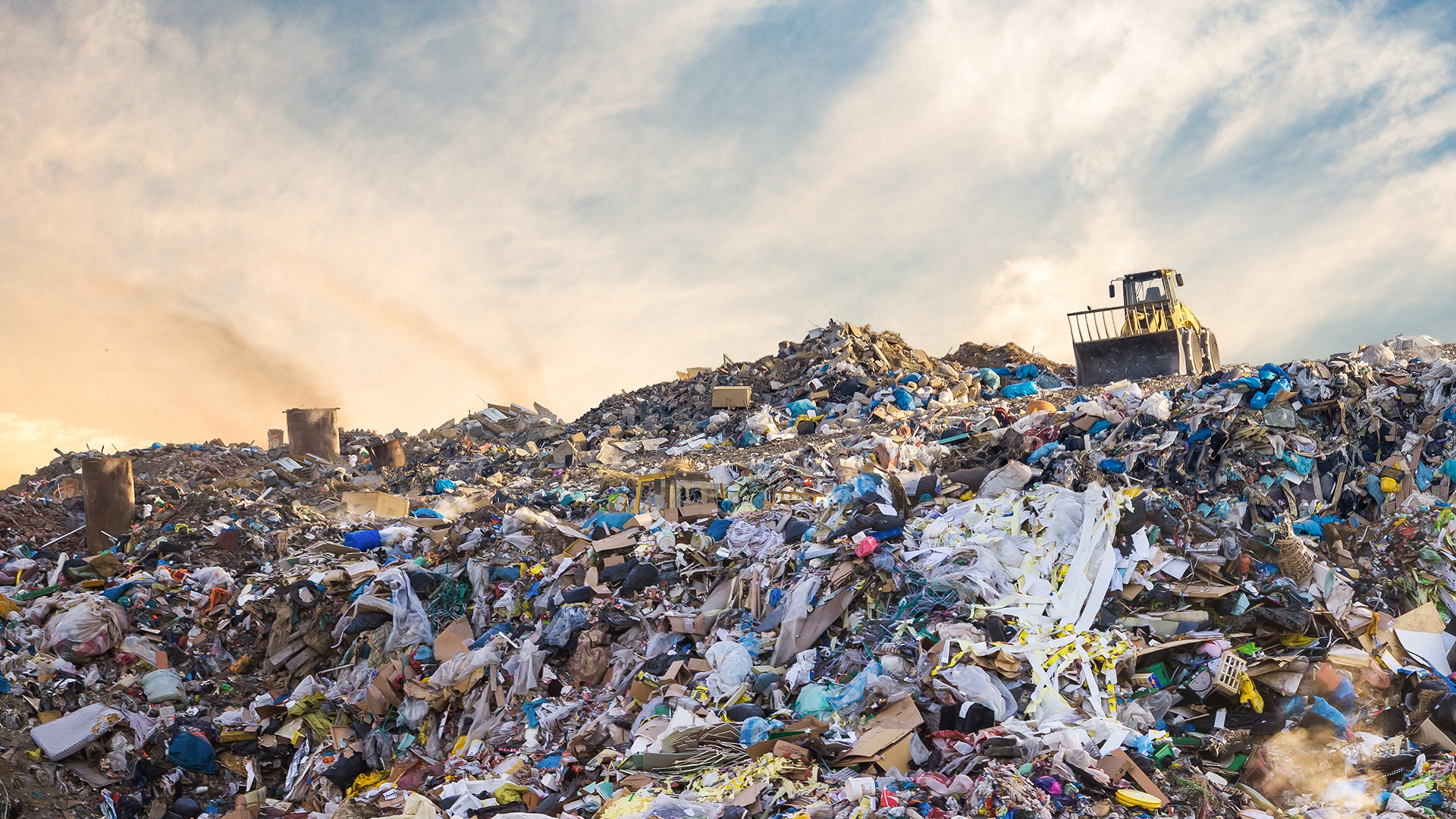This article was co-authored with Vivian Papageorgiou.
Introduction
In January 2023, we provided an update on the Victorian Environment Protection Authority draft Separation Distance Guideline and Landfill Buffer Guideline (the Guidelines). See our previous article summarising the key takeaways of the Guidelines when they were drafted for consultation here.
On 12 August 2024, the EPA released a final version of the Guidelines together with a guidance document: Supporting Information for Separation distance guideline and landfill buffer guideline (Supporting Information).
While the Guidelines have not significantly changed since the draft Guidelines were released for consultation, this article highlights the key parts of the Guidelines and Supporting Information and the changes in the approach to managing decision making relating to appropriate separation distances and potentially conflicting land uses.
The Guidelines are not intended to have any effect on landfills or industrial uses that have already obtained the necessary environmental and planning approvals but will assist state agencies, local government and the EPA in making decisions regarding various approvals and permissions under the Environment Protection Act 2017 (Vic) (EP Act) and Planning and Environment Act 1987 (Vic) for new uses and developments and expansions to existing activities.
The Landfill Buffer Guideline provides guidance on what to consider when preparing and assessing planning and environmental applications for landfills as well as taking into account development within the buffers of operating and closed landfills.
Background to the changes
The Guidelines arise partly as a consequence of the recommendations from the independent inquiry into the EPA and:
- Appear to replace existing guidelines namely:
- Recommended separation distances for industrial residual air emissions (EPA publication 1518).
- Assessing planning proposals within the buffer of a landfill (EPA publication 1642).
- Siting, design, operation and rehabilitation of landfills (EPA publication 788.3) (in part).
- Ensure consistency with the Victorian Planning Provisions.
- Reflect changes arising from the repeal of the Environment Protection Act 1970 (Vic) and replacement with the EP Act.
The EP Act introduced a General Environmental Duty and the Guidelines form a part of the ‘state of knowledge’, being the general body of all information duty holders should reasonably know to understand the risks a business may pose to human health and the environment and the steps duty holders should take to eliminate or reduce those risks.
The Supporting Information provides:
- Insight into how the EPA measures odour and dust impacts from activities.
- That while Victoria has the most restrictive buffers in relation to putrescible landfills (see Table 1), generally buffers for other activities are in line with, or more flexible than buffers in other States and Territories (see Table 2 and 3).
Separation Distance Guideline
The Separation Distance Guideline provides recommended separation distances between industrial land uses that emit odour and / or dust and sensitive land uses (such as residential areas). There were more than 20 new activities not regulated by the previous separation distance guidelines and generally the recommended separation distances for industrial, extractive industry and mining activities have increased compared with the previous guidelines.
To deviate from the recommended buffer distances, the proponent for the development proposal can undertake a risk assessment (in accordance with the relevant EPA guidance for assessing odour and dust respectively), to demonstrate the impact on sensitive land uses. The EPA may seek an independent review of the risk assessment by an environmental consultant.
In updating the Separation Distance Guideline the EPA have taken into account the review of codes of practice for intensive animal industries, including abattoirs.
Buffer distances for waste-to-energy (or ‘Advanced resource recovery facility’ as termed in the Separation Distance Guideline) will still be determined on a case by case basis. Given the concerns that some communities have had over the development of waste-to-energy facilities in Victoria, we anticipate that undertaking appropriate risk assessments in relation to sensitive land uses will be critical to ensure the success of these projects.
Landfill Buffer Guidelines
The Landfill Buffer Guidelines provide recommended separation distances for putrescible and other landfills in relation to sensitive land uses and specifically consider landfill gas, odour, noise, dust and litter impacts from landfills. The Landfill Buffer Guidelines also introduce a range of acceptable uses within landfill buffers which provides increased certainty regarding appropriate and inappropriate land uses in proximity of landfills when making planning-related decisions on landfills.
Alternative buffers may be accepted where an appropriate odour / landfill gas risk assessment has been undertaken demonstrating that an alternative buffer is acceptable.
There was a change from the draft Landfill Buffer Guidelines (Draft Guidelines) to the licenced tipping size area relevant for the buffers that apply to Type 2 landfills dealing with putrescible waste. In the Draft Guidelines, a 500m buffer for landfill gas and human health and amenity impacts was proposed for landfills with a tipping face size of 500m2 whereas the Landfill Guidelines now set the threshold tipping face size for the same buffers at 900m2.
Table 1: Australian jurisdictional landfill buffer for putrescible landfills
| Jurisdiction |
Odour source |
Landfill buffer |
Comments/ caveats |
| ACT |
Landfill |
500 m |
|
| New South Wales |
Putrescible landfill with >50,000 tonnes of putrescible waste per year |
>1,000 m for new landfill |
May be varied for an expansion of an existing landfill |
| Northern Territory |
Putrescible landfill |
500 m |
May be varied with risk assessment |
| Queensland |
General and regulate landfill |
500 m
(>1,500 m proposed)
|
>500 m for inert landfill |
| South Australia |
Putrescible landfill |
500 m |
May be varied with risk assessment |
| Tasmania |
Putrescible landfill |
500 m suggested minimum distance |
May be varied with risk assessment |
| Victoria |
Putrescible landfill with a tip face of ≥900m2 |
1,500 m under the new guideline (increased from 500 m) |
A minimum of 1,000 m if supported by a risk assessment |
| Western Australia |
Putrescible landfill |
1,000 m for EPA licence applications, 500 m otherwise |
|
| |
|
|
|
Table 2: Comparison table of representative odour separation distances for abattoirs, livestock sale yards, and grain and stock feed mill and handling in Victoria, South Australia and Western Australia
| Odour source |
Victoria |
Western Australia |
South Australia |
| Abattoirs/ meat processing works |
500 m (>200 tonnes per year) |
500 m without wastewater treatment ponds, and 1,000 m with wastewater treatment ponds (>1,000 tonnes per year) |
1,000 m (>1,000 tonnes per year)
500 m (>1,000 tonnes/year)
|
| Livestock sale yard or holding pen |
1,000 m (>10,000 animals per year) |
1,000 m (>10,000 animals per year) |
200 m (25,00 – 50,000 sheep equivalent units per year). Individual assessment (>50,000 sheep equivalent units per year) |
| Grain and stock feed mill and handling |
250 m without meat or meat by-products (>20,000 tonnes per year). 500 m with meat or mean by-products (>20,000 tonnes per year) |
500 m (>1,000 tonnes per year), animal feed manufacturing |
300m (agricultural crop products) |
| |
|
|
|
Table 3: Comparison table of representative separation distances to manage nuisance dust in Victoria, Western Australia, Australian Capital Territory and South Australia
| Dust source |
Victoria |
Western Australia |
ACT |
South Australia |
| Quarry without blasting |
500m |
case-by-case |
|
Case by case (extractive industries) |
| Open cut (coal) mine |
2000m |
1000 - 2000 |
|
Case by case |
| Coal handling and storage |
500 - 1000m |
1000 - 2000 |
|
500 - 1000 |
| Abrasive blasting |
50/100/300/500 |
Case by case |
500 (outside)
100 (enclosed)
|
300 - 500 (outside)
50 - 100 (enclosed)
|
| Materials recovery and recycling |
250 |
300 - 500 |
500 |
500 |
| Sawmills |
200 - 500 |
500 - 1000 |
100 |
500
100 (joineries)
|
| |
|
|
|
|
How will the Guidelines impact you and how we can assist you
The Guidelines will have impacts when businesses which generate odour and dust as part of manufacturing, extractive industries, waste management, landfilling, mining, sawmilling and agricultural activities seek new approvals and permissions or existing operations are proposed to be expanded.
Businesses undertaking activities covered by the Guidelines should understand the Guidelines and the separation distances applicable to new or expanded operations and the constraints that may be imposed on the business activities, particularly the potential for more extensive planning and environmental assessments given more sensitive uses in proximity to the proposed or expanded land uses will be relevant to the decision maker’s assessment.
We also expect that the Guidelines will form part of the state of knowledge when the EPA is considering taking any compliance or enforcement for a breach of the General Environmental Duty or other duties under the EP Act.
If you are unsure how the Guidelines might affect your existing operations or future projects, please contact a member of our Environment and Planning team.






